Authentic Korean Japchae : A Flavor-Packed Stir-Fried Glass Noodle Delight
If you’ve been on the hunt for a delicious, healthy, and crowd-pleasing dish to serve at dinner parties, family meals, or even prep ahead for the week, look no further than Japchae (잡채). This iconic Korean dish brings together tender slices of marinated beef (or your protein of choice), vibrant vegetables, and irresistibly chewy sweet potato glass noodles. Tossed in a rich, savory-sweet sesame soy sauce, japchae is the perfect harmony of texture, color, and flavor.
Whether you’re new to Korean cuisine or a long-time lover of Asian flavors, this dish is approachable, customizable, and highly rewarding. Japchae is traditionally served at Korean holidays and special gatherings, but it’s simple enough for a weeknight dinner—and so tasty, you’ll want to add it to your regular rotation.
Who is Japchae For?
Japchae is a dish for everyone. Its flexibility makes it an easy fit for many dietary needs:
-
Meat lovers will enjoy it with tender beef.
-
Vegetarians and vegans can simply swap in tofu or load up on more veggies.
-
Gluten-free eaters can use tamari instead of soy sauce.
-
Meal preppers will love how well it stores and reheats.
Because it’s served warm, room temp, or cold, japchae makes a perfect potluck dish, lunchbox addition, or dinner party centerpiece. And the best part? It tastes even better the next day as the flavors continue to meld.
Ingredients You’ll Need
Here’s everything required to create a generous batch of japchae from scratch:
-
2 lb thin-sliced beef (can sub with chicken, tofu, or shrimp)
-
1 lb Korean sweet potato noodles (also known as dangmyeon or glass noodles)
-
3 medium carrots, julienned
-
1/2 bunch green onions, chopped
-
6 garlic cloves, minced
-
1/2 lb spinach leaves
-
4 tbsp sesame oil, divided
-
1 tbsp olive oil
-
6 tbsp soy sauce (or tamari for gluten-free option)
-
3 tbsp brown sugar
Kitchen Equipment You’ll Need
To cook this dish smoothly and efficiently, make sure you have the following tools on hand:
-
Large pot (for boiling noodles)
-
Two large skillets or woks
-
Strainer or colander
-
Mixing bowl (large enough to combine all ingredients)
-
Cutting board
-
Sharp knife
-
Tongs or cooking chopsticks
-
Measuring spoons
Step-by-Step Instructions
1. Cook the Noodles
Start by boiling a large pot of water with a drizzle of olive oil. Add the sweet potato noodles and cook for 5–6 minutes until soft and translucent. Drain immediately and set aside to prevent overcooking.
2. Sear the Beef
In a hot skillet, cook the thinly sliced beef over high heat until it starts to brown. Add half of the soy sauce, half of the sesame oil, and half of the brown sugar. Stir and let the beef absorb the flavors. Once cooked, set aside.
3. Stir-Fry the Vegetables
In another large skillet or wok, heat the olive oil. Add the julienned carrots and cook for a minute. Then add the green onions, garlic, and the rest of the soy sauce, sesame oil, and brown sugar. Stir until the carrots soften.
Add the spinach and toss until just wilted. You want the spinach to keep its bright green color.
4. Combine Everything
In a large mixing bowl, toss together the noodles, cooked beef, and vegetables until everything is evenly coated. If needed, adjust seasoning with an extra drizzle of soy sauce or sesame oil.
5. Garnish and Serve
Serve warm, garnished with chopped green onions or a sprinkle of toasted sesame seeds. Enjoy with chopsticks or a fork!
Recipe Tips and Variations
-
Protein Options: Swap beef with tofu (pressed and pan-fried), shredded chicken, or shrimp (sautéed briefly in garlic and sesame oil).
-
Add Mushrooms: Shiitake or oyster mushrooms are traditional in some japchae recipes and add an umami boost.
-
Spicy Kick: Add a dash of gochugaru (Korean chili flakes) or a spoonful of gochujang for heat.
-
More Crunch: Toss in thinly sliced red bell peppers or zucchini.
-
Noodle Tip: Sweet potato noodles are naturally gluten-free and have a bouncy texture when cooked right. Do not overcook—they’ll continue to soften as they sit.
How to Store and Reheat Japchae
Japchae stores exceptionally well, making it a favorite for meal preppers.
-
Refrigerate: Store leftovers in an airtight container in the fridge for up to 4 days.
-
Reheat: Warm gently in a skillet over low heat with a splash of water or soy sauce to loosen up the noodles. You can also microwave it, but stovetop is better for texture.
-
Freezing? Not recommended, as the texture of the noodles and veggies may change significantly.
What to Serve with Japchae
Japchae is hearty enough to stand on its own but pairs wonderfully with:
-
Kimchi – the tangy fermented cabbage balances the savory-sweet flavors
-
Steamed white rice – for extra comfort and carbs
-
Korean BBQ – serve japchae as a side dish alongside grilled meats
-
Miso soup – adds a warm, savory complement
-
Drink Pairings: Try it with a crisp, cold lager, a light white wine (like Pinot Grigio), or a glass of Korean soju for a more traditional touch.
Frequently Asked Questions (FAQ)
Can I make japchae vegetarian or vegan?
Absolutely. Use tofu instead of beef, and ensure you’re using a plant-based soy sauce like tamari. You can also bulk up the vegetables with mushrooms, bell peppers, or even snow peas.
Where can I find sweet potato noodles?
Most Asian grocery stores carry them, often labeled dangmyeon. You can also find them online. Look for translucent grayish-brown noodles made from sweet potato starch.
Can I make this dish ahead of time?
Yes! In fact, japchae is often served at room temperature, making it ideal for preparing a day in advance. Just reheat or serve as-is.
What if I don’t have sesame oil?
Sesame oil adds a nutty depth, but if you’re in a pinch, use neutral oil and add toasted sesame seeds at the end to mimic the flavor.
Is japchae spicy?
Not traditionally. Japchae is mild and sweet-savory in flavor. Add spice if desired with chili flakes or a side of kimchi.
Final Thoughts
Japchae is a masterpiece of Korean home cooking—colorful, flavorful, nourishing, and full of irresistible textures. Once you try this recipe, you’ll understand why it holds such a special place in Korean cuisine and culture.
Whether you’re serving it as a side, a main, or making it for a festive occasion, japchae is sure to be a hit.





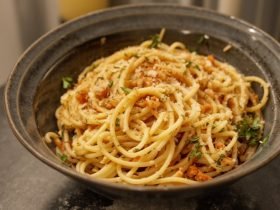
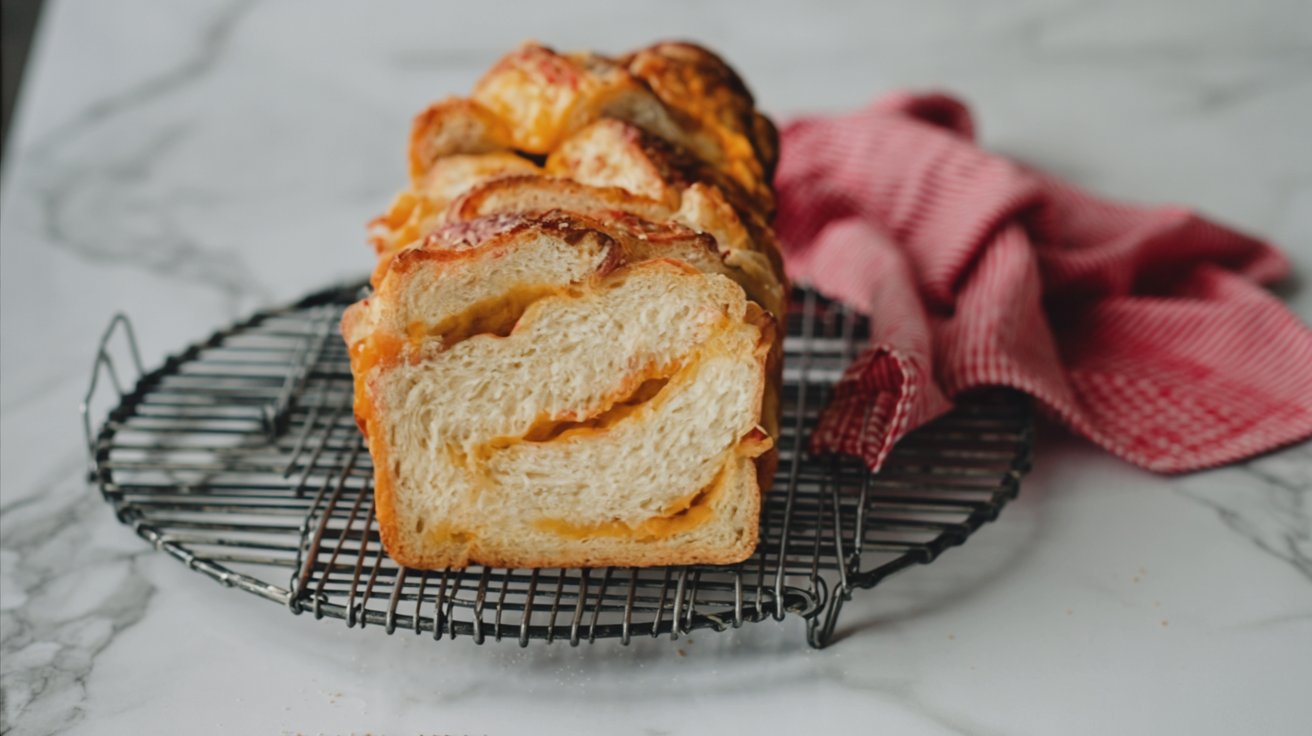
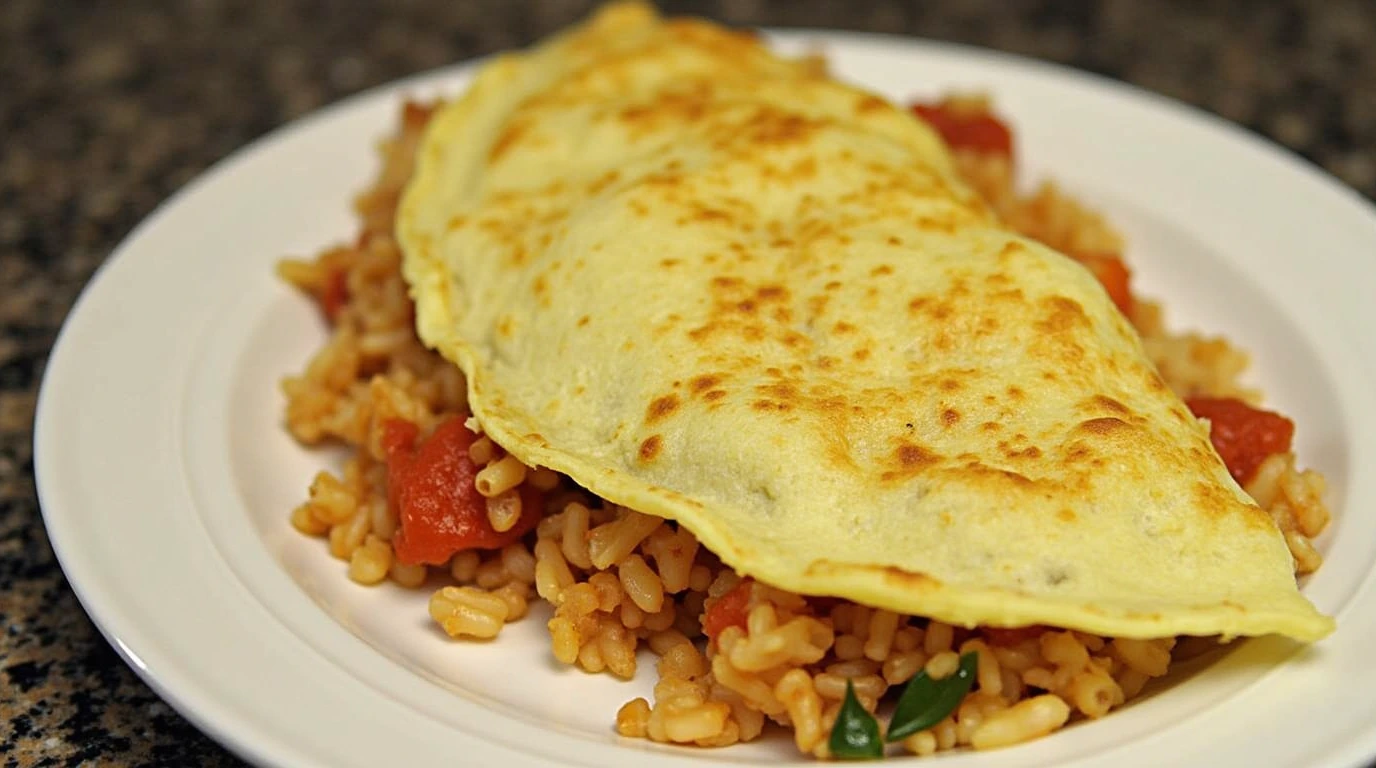





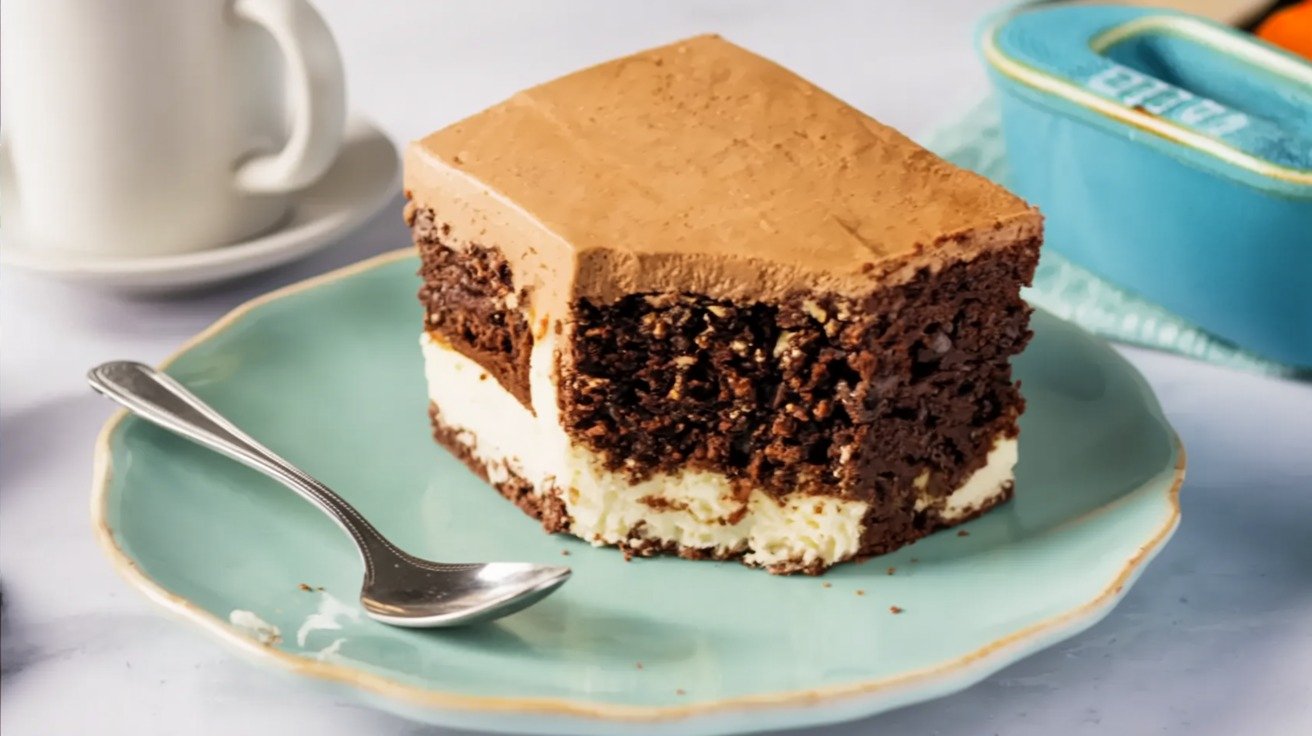

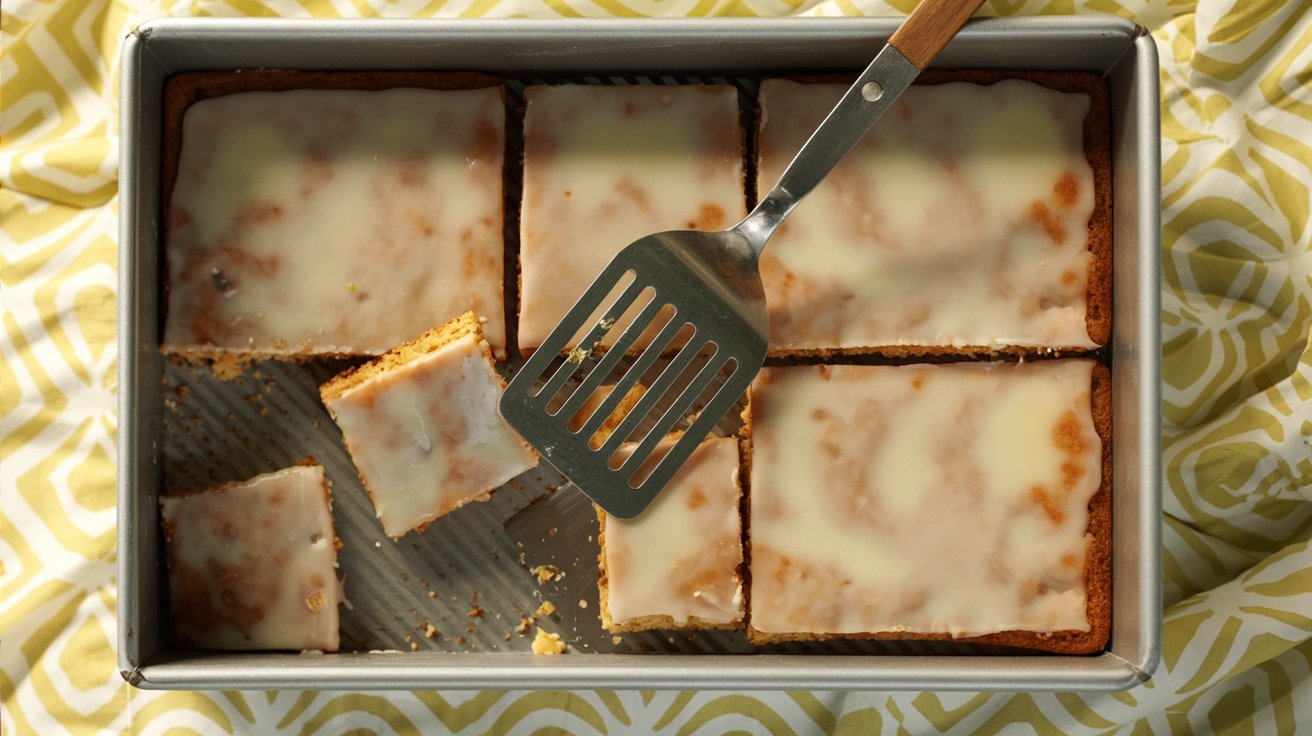
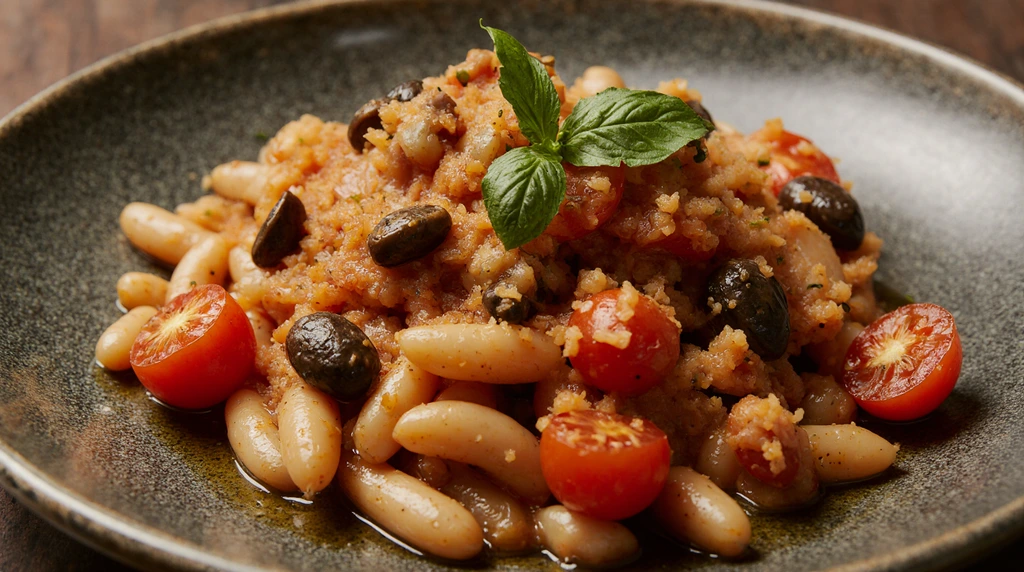
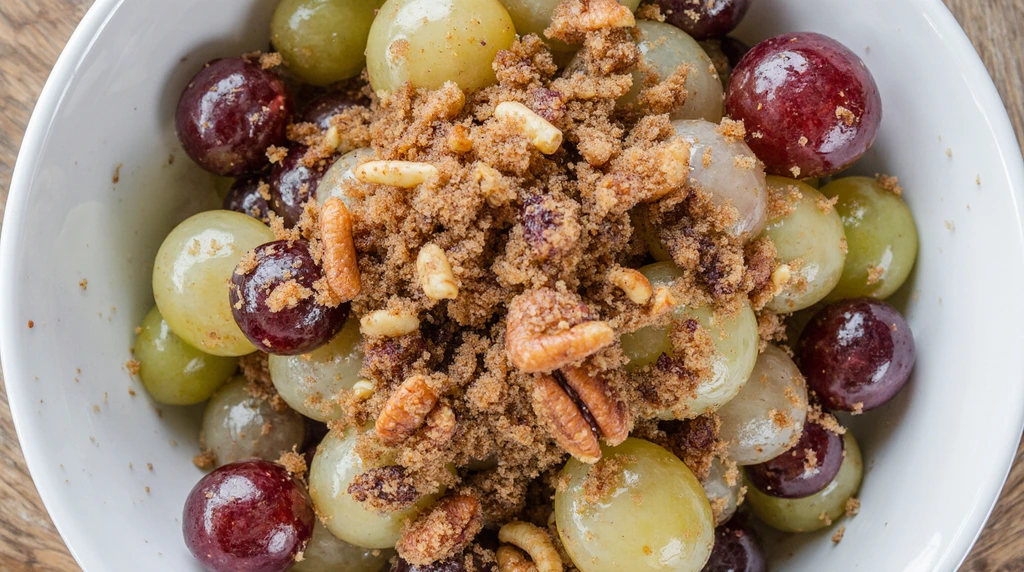
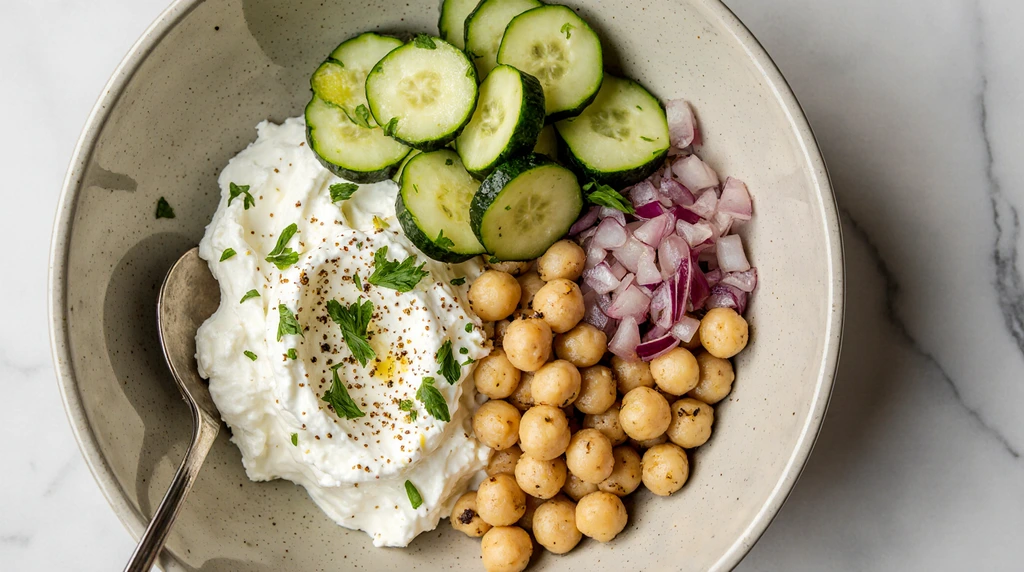
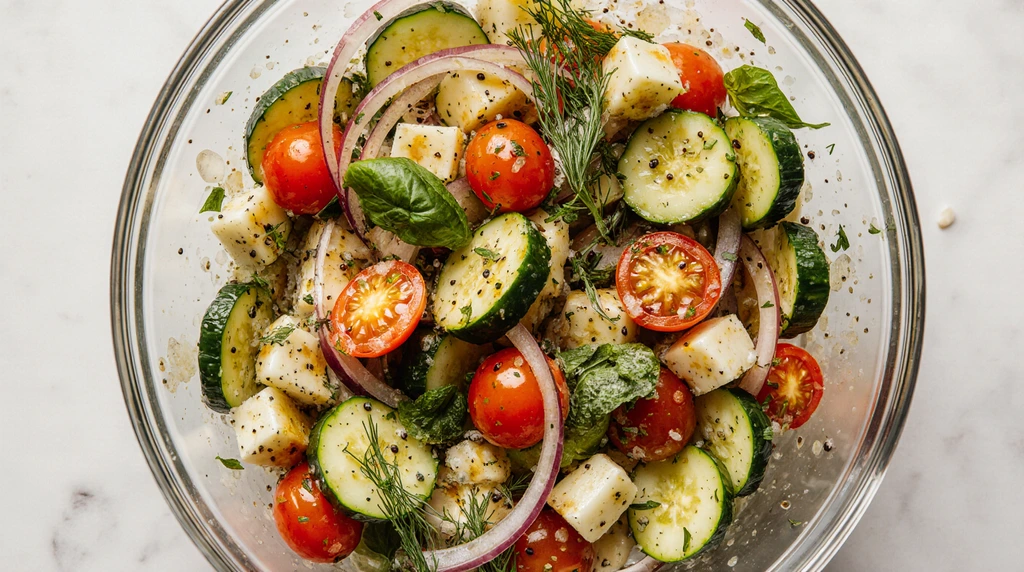
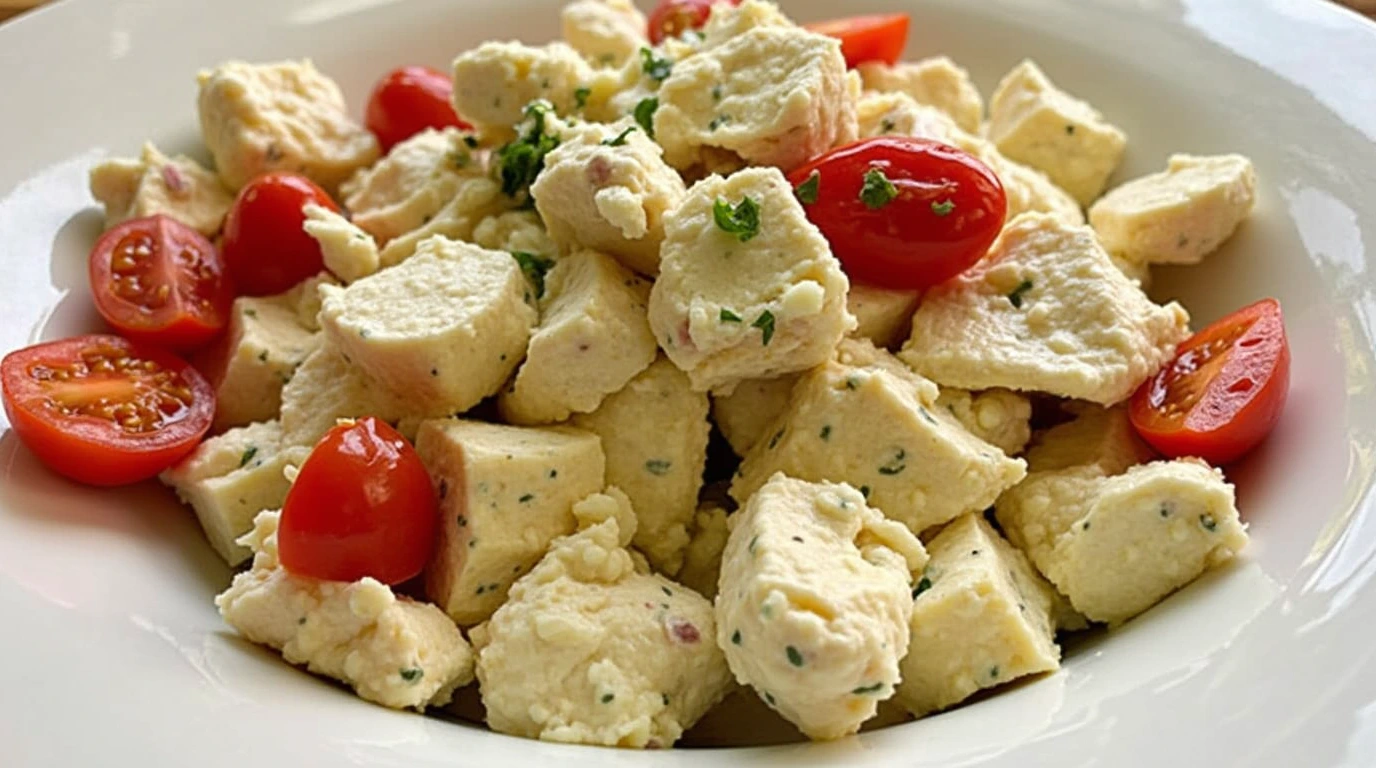
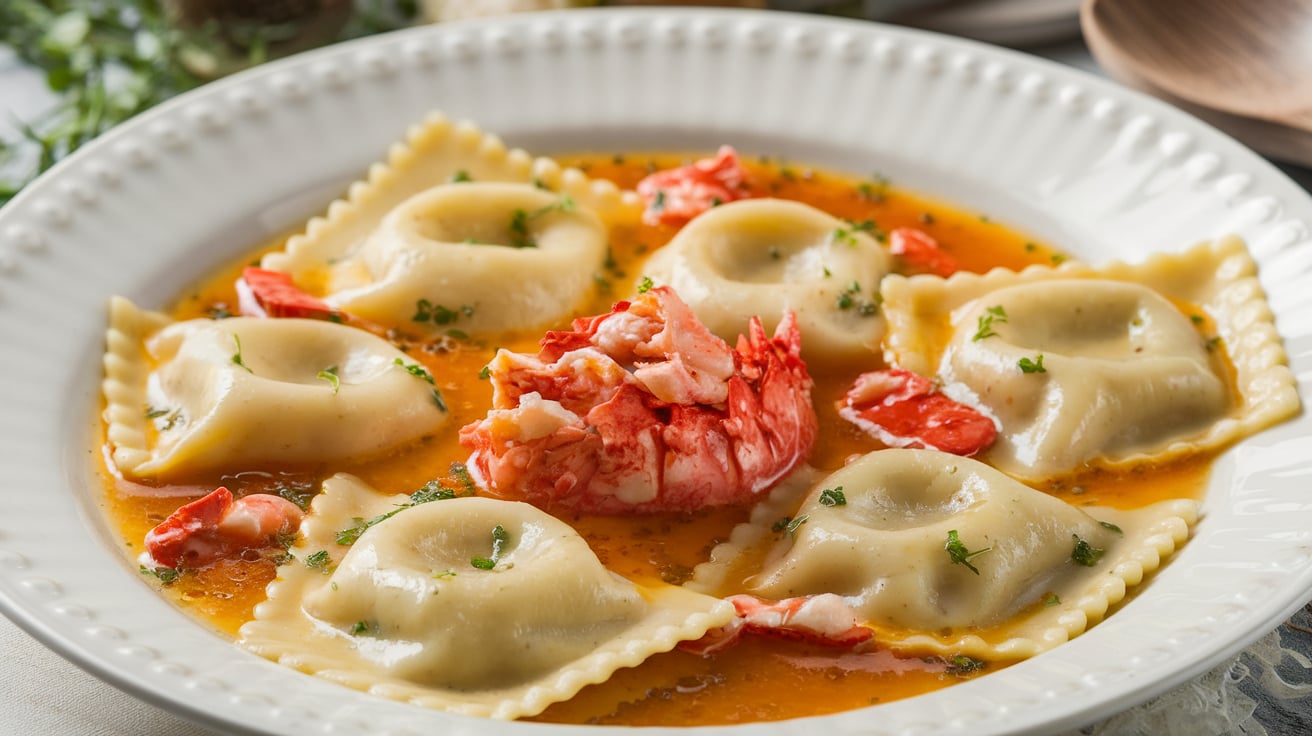
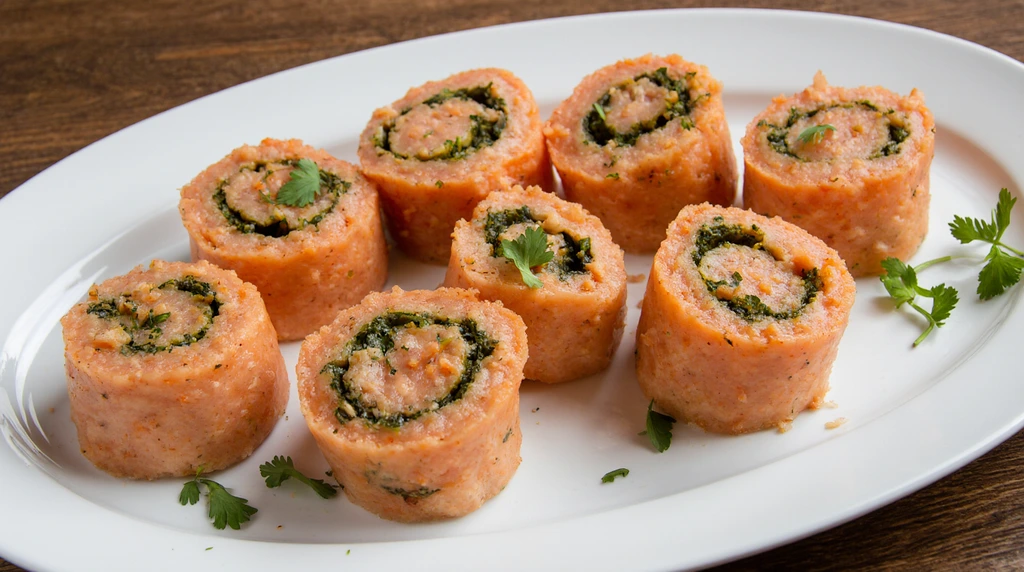
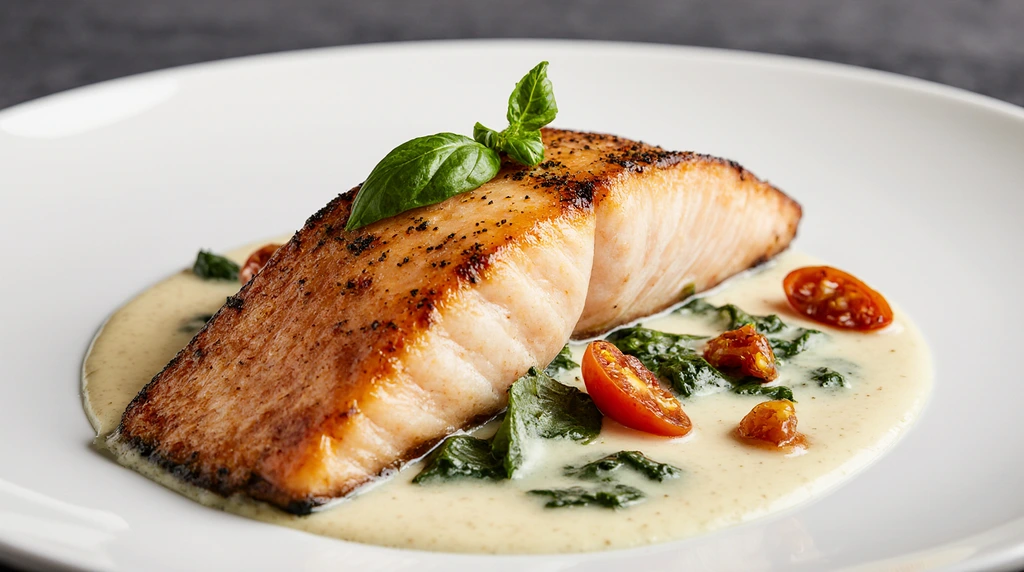
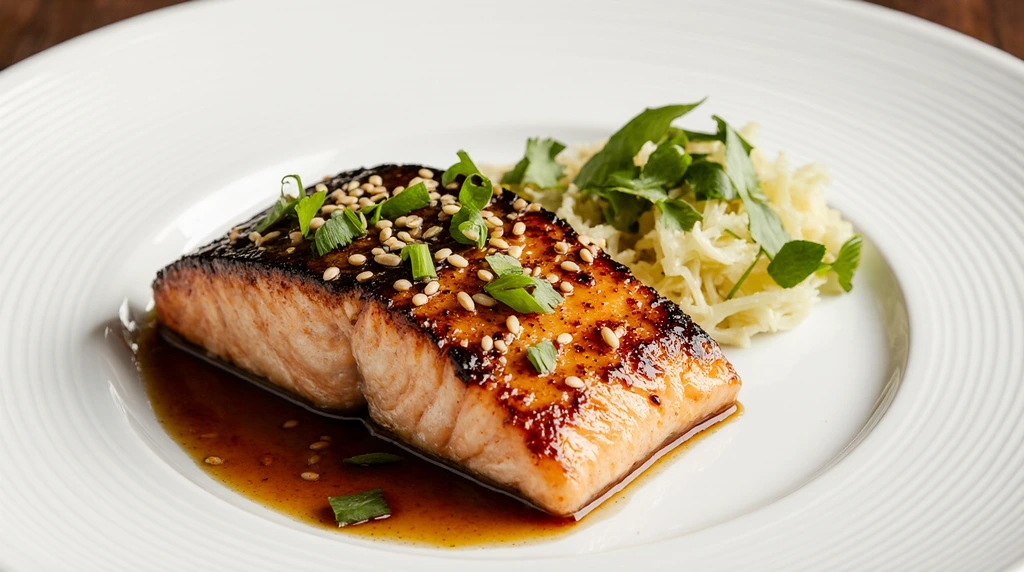
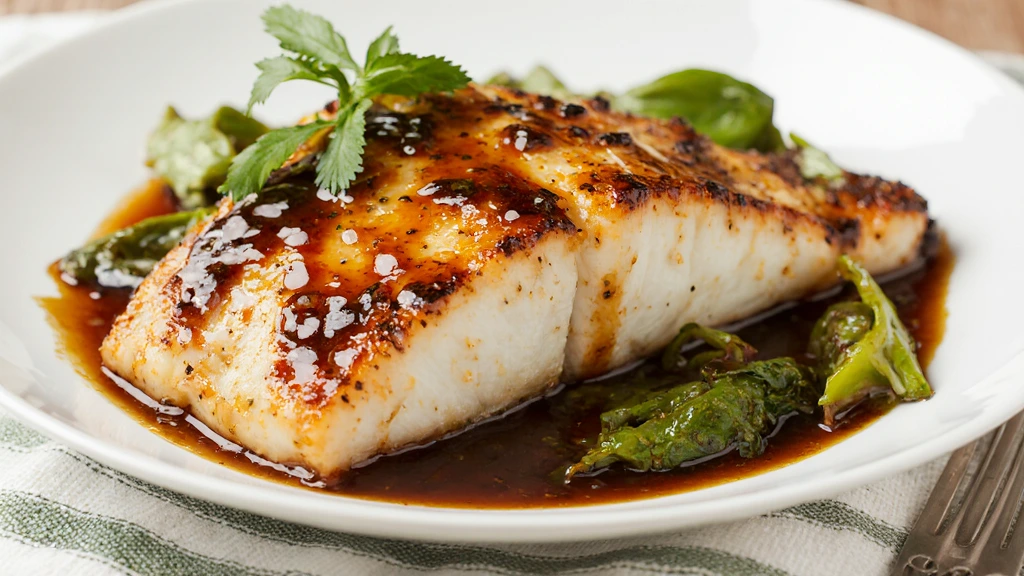
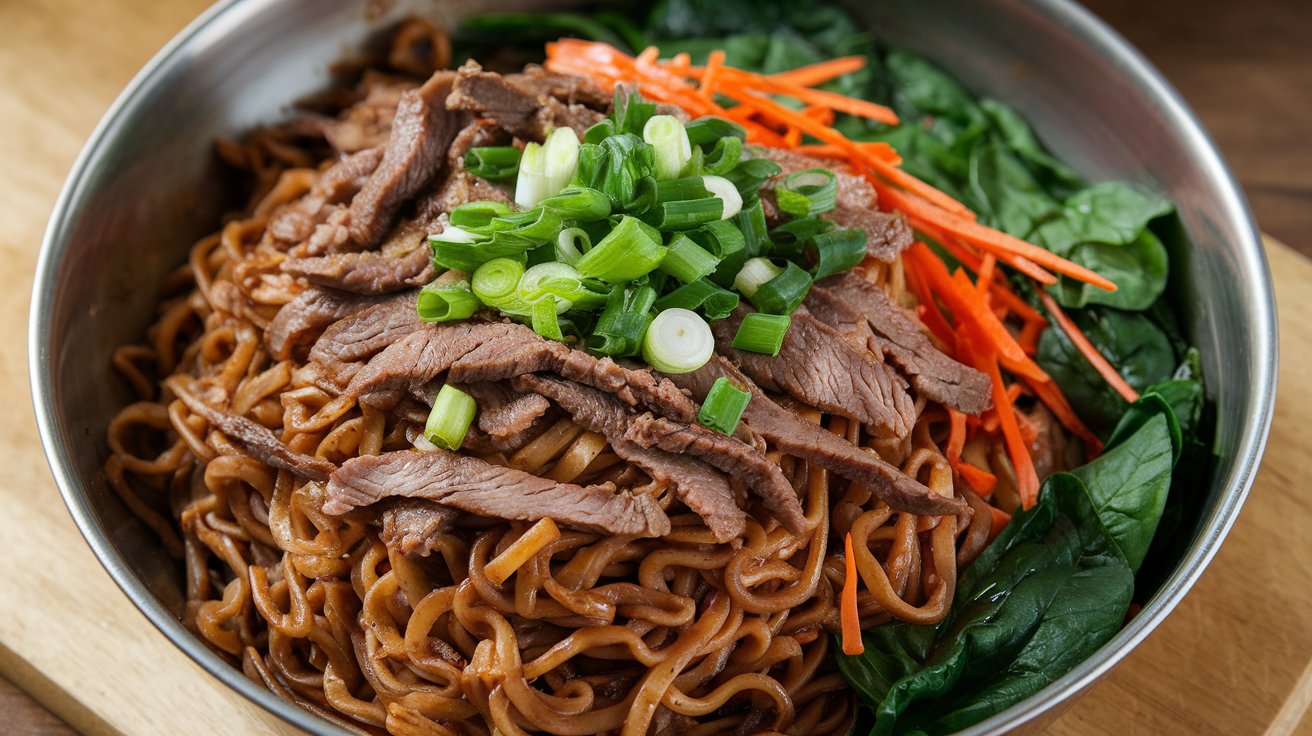

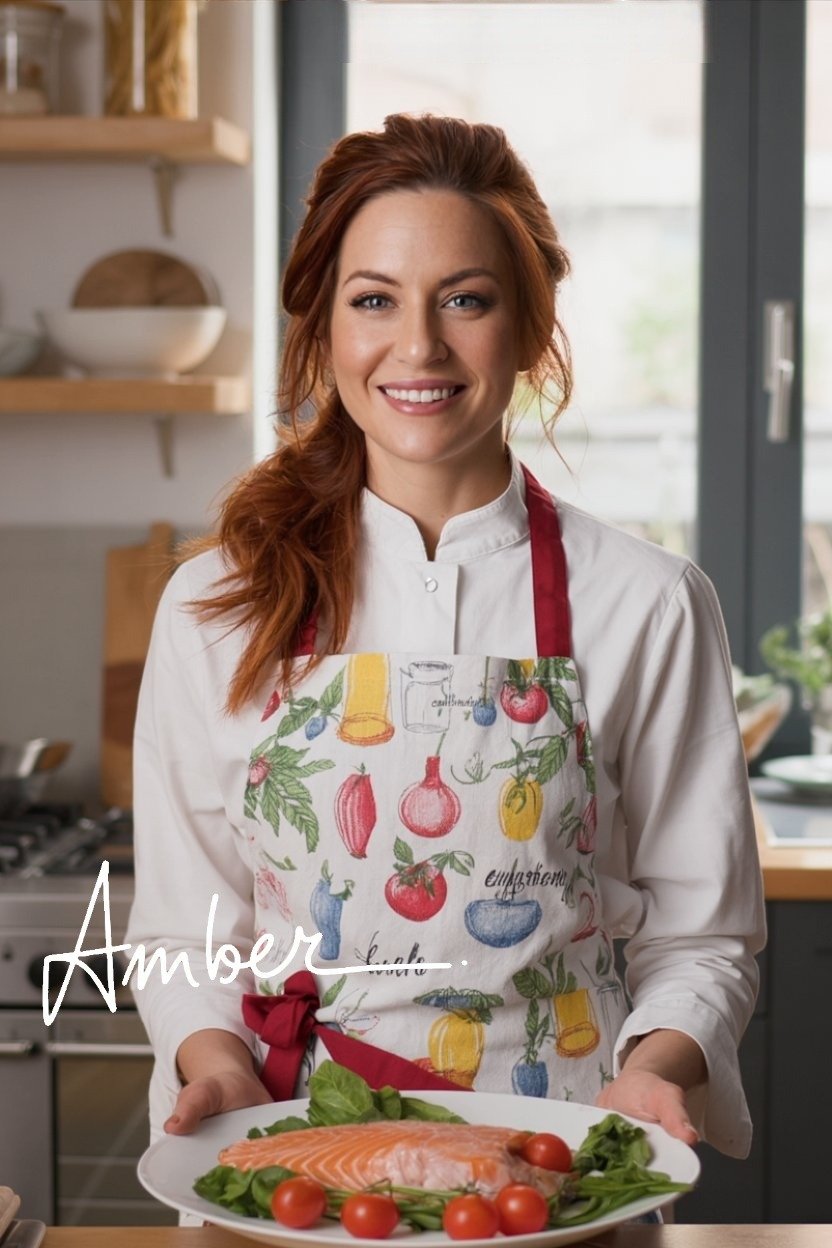
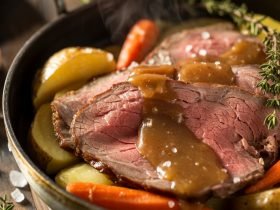
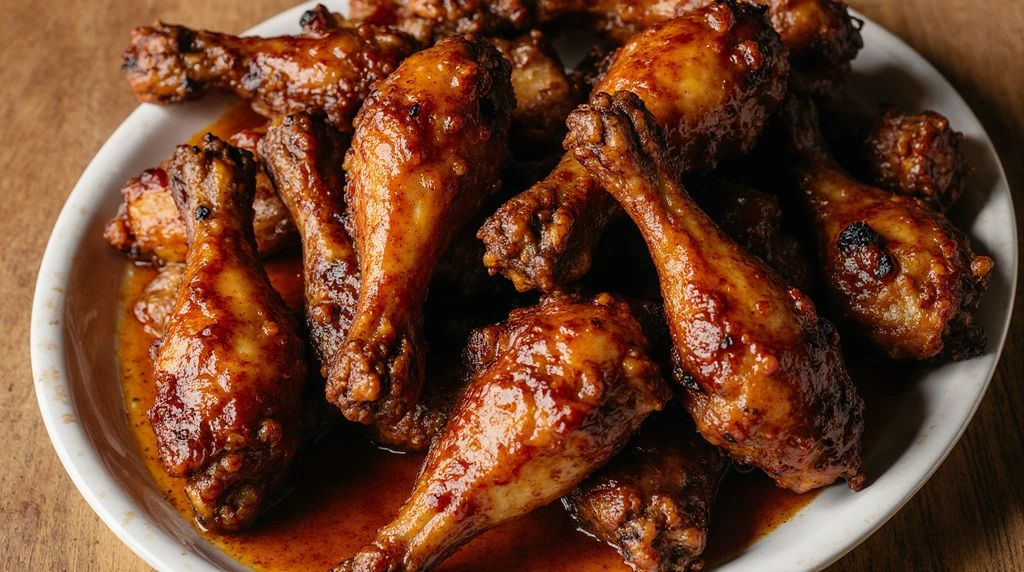
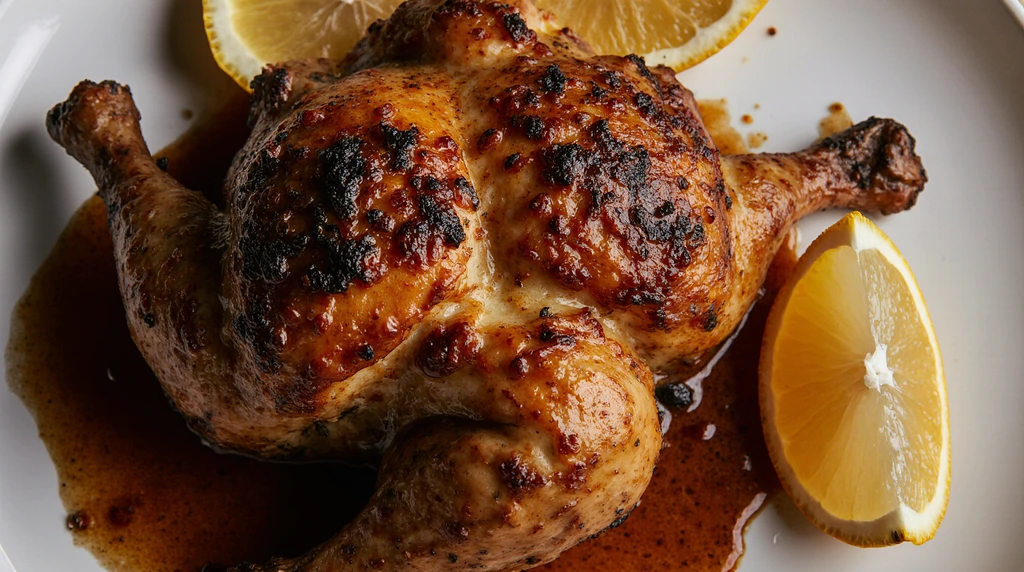
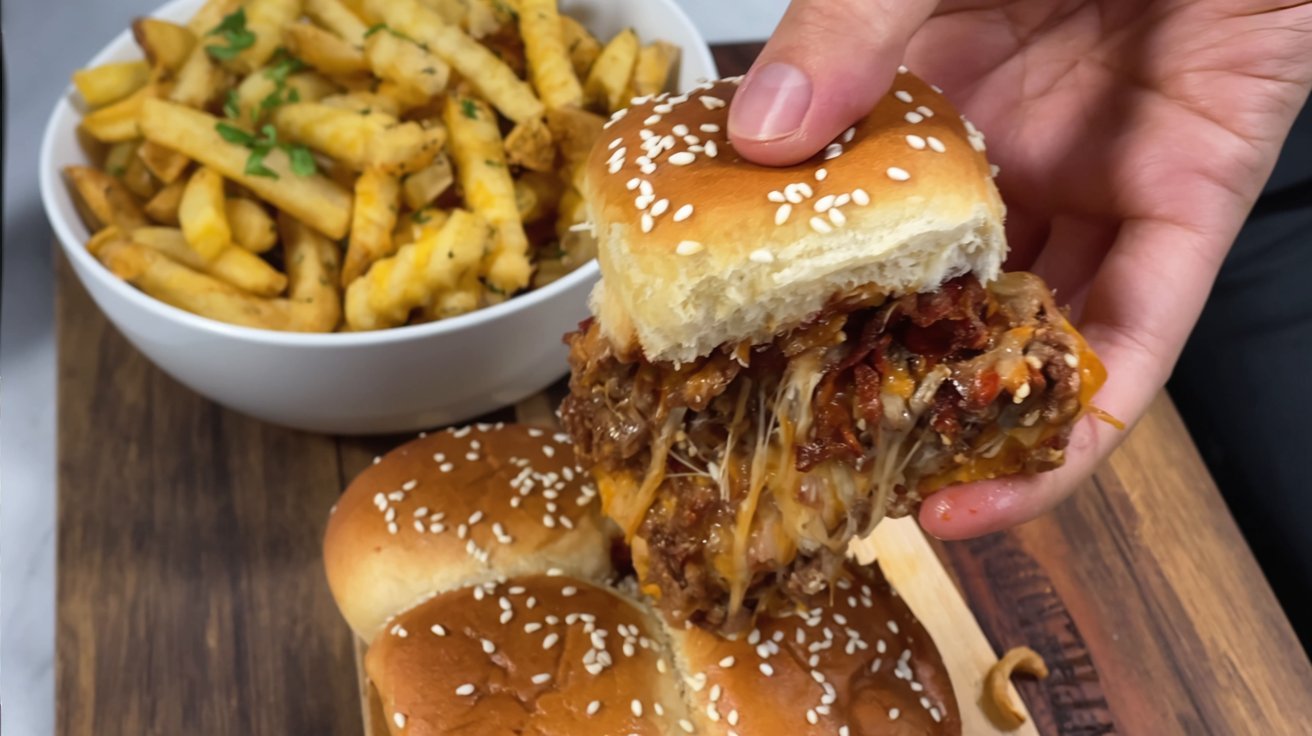
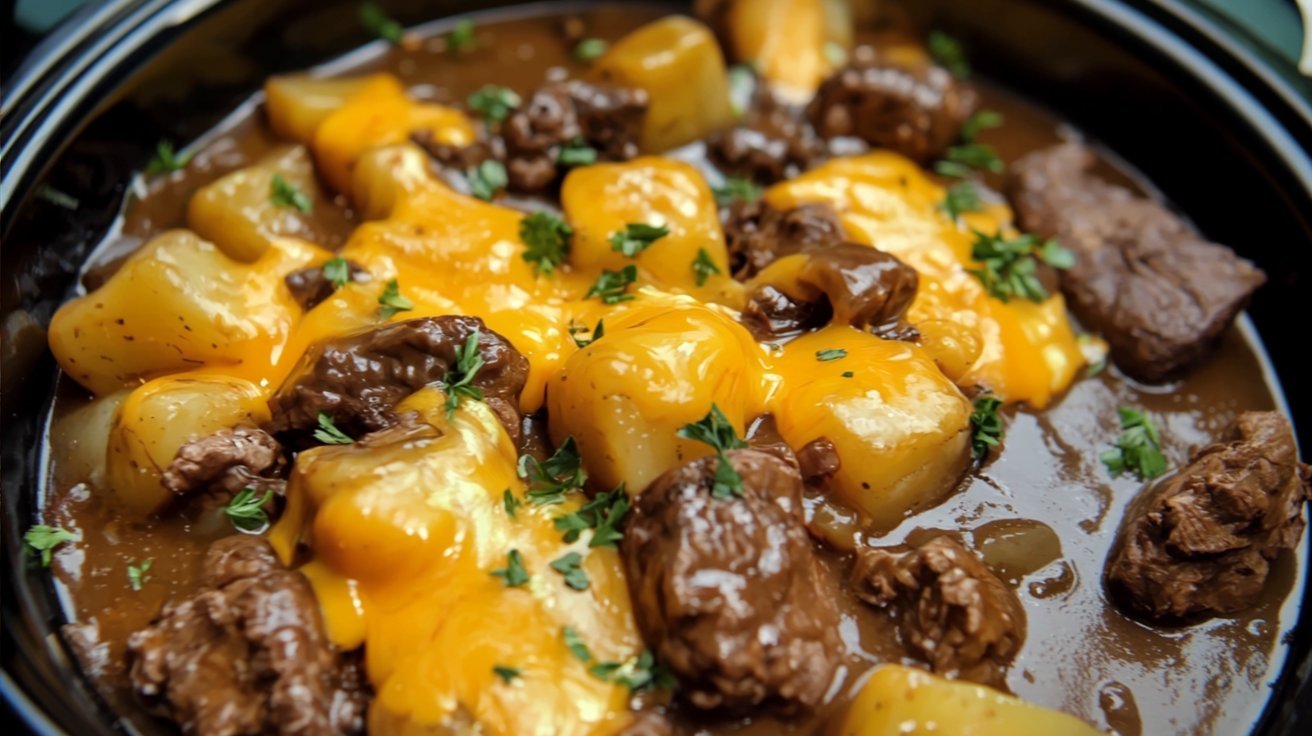

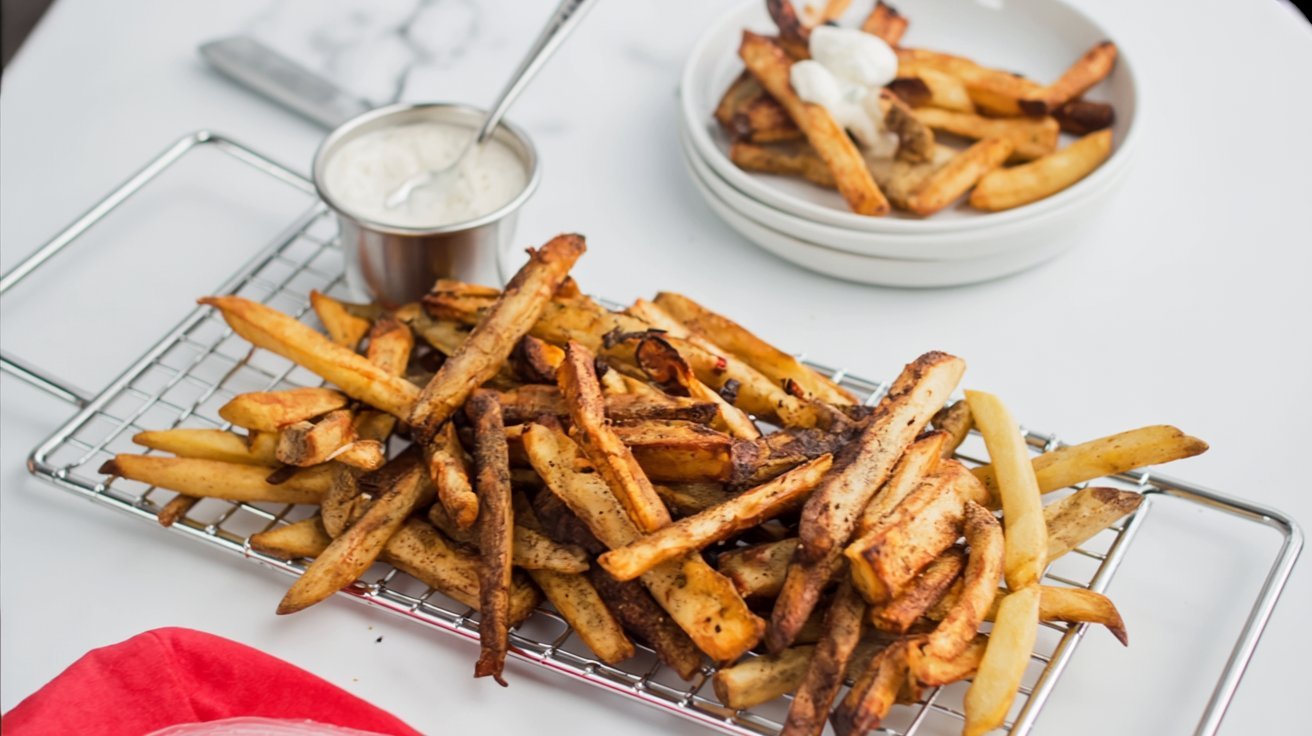
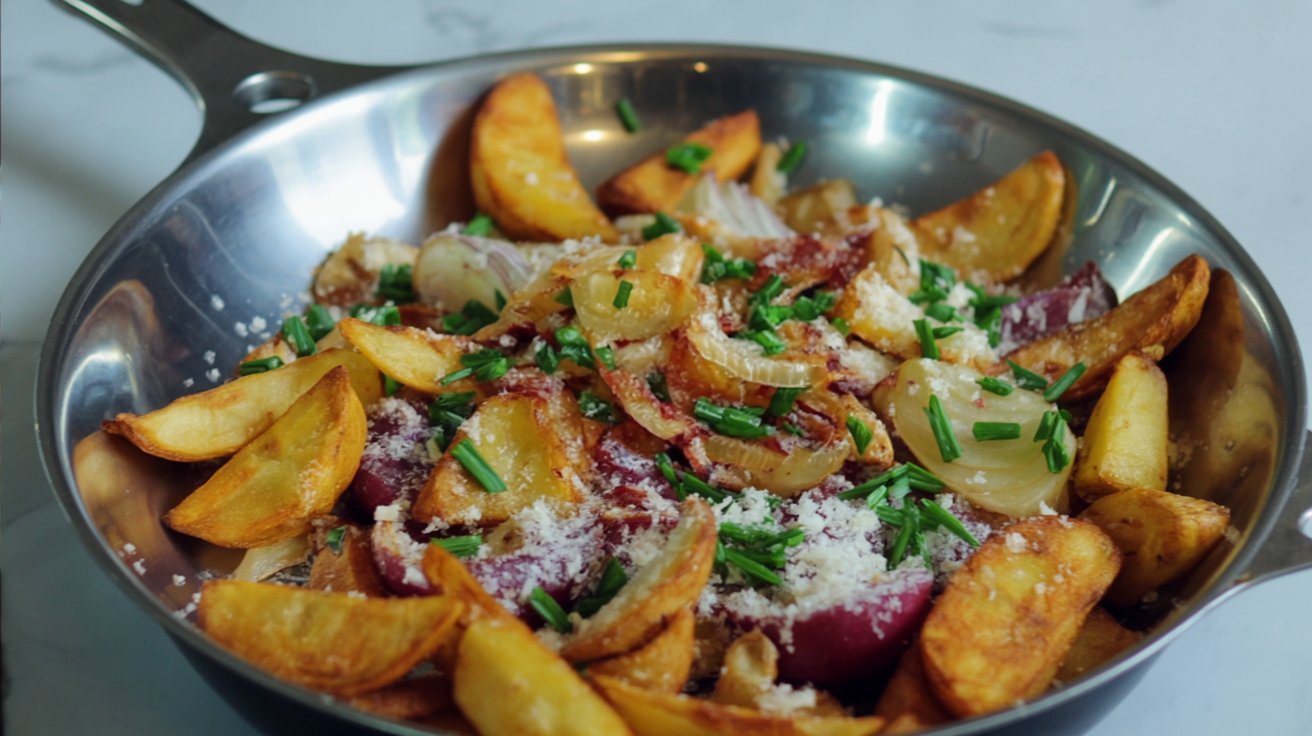
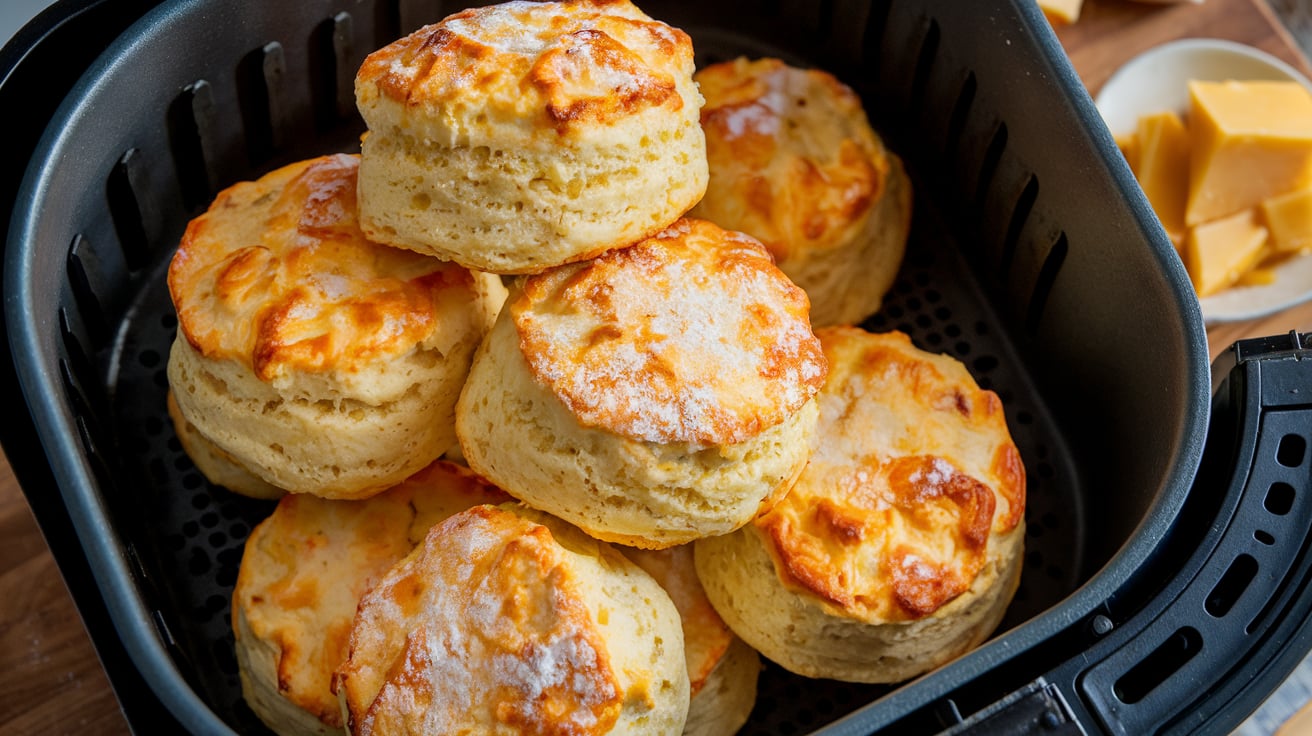
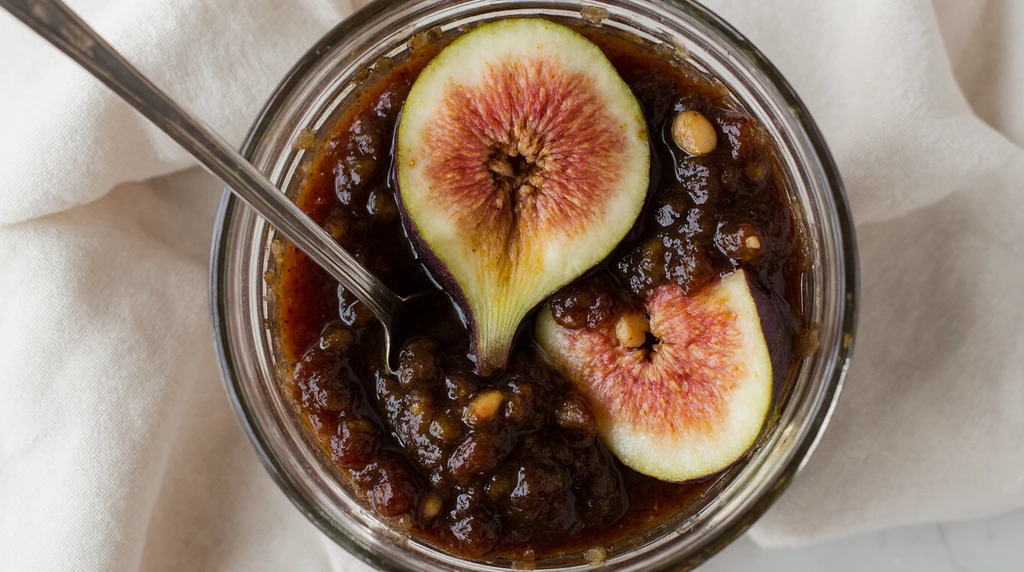
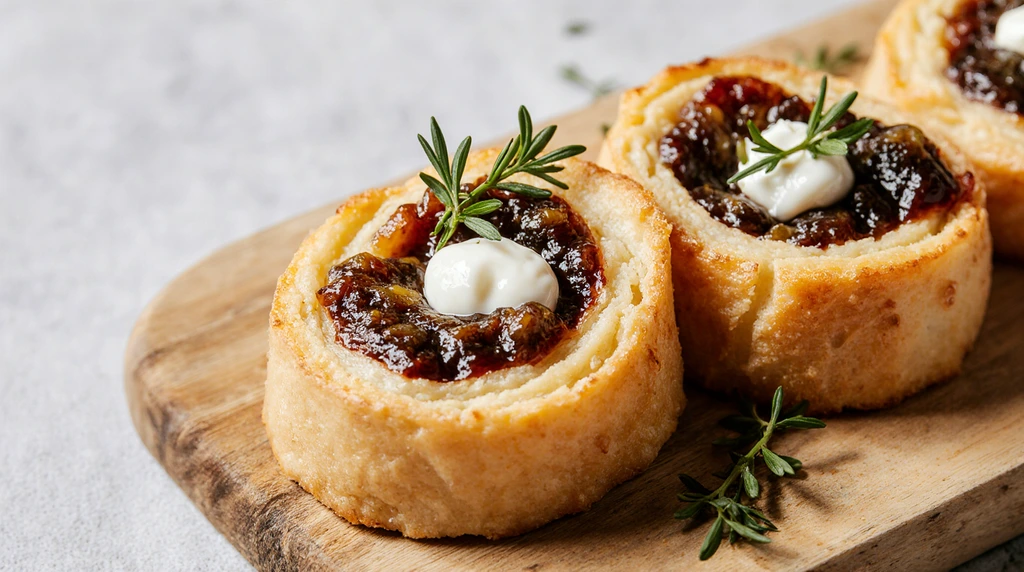
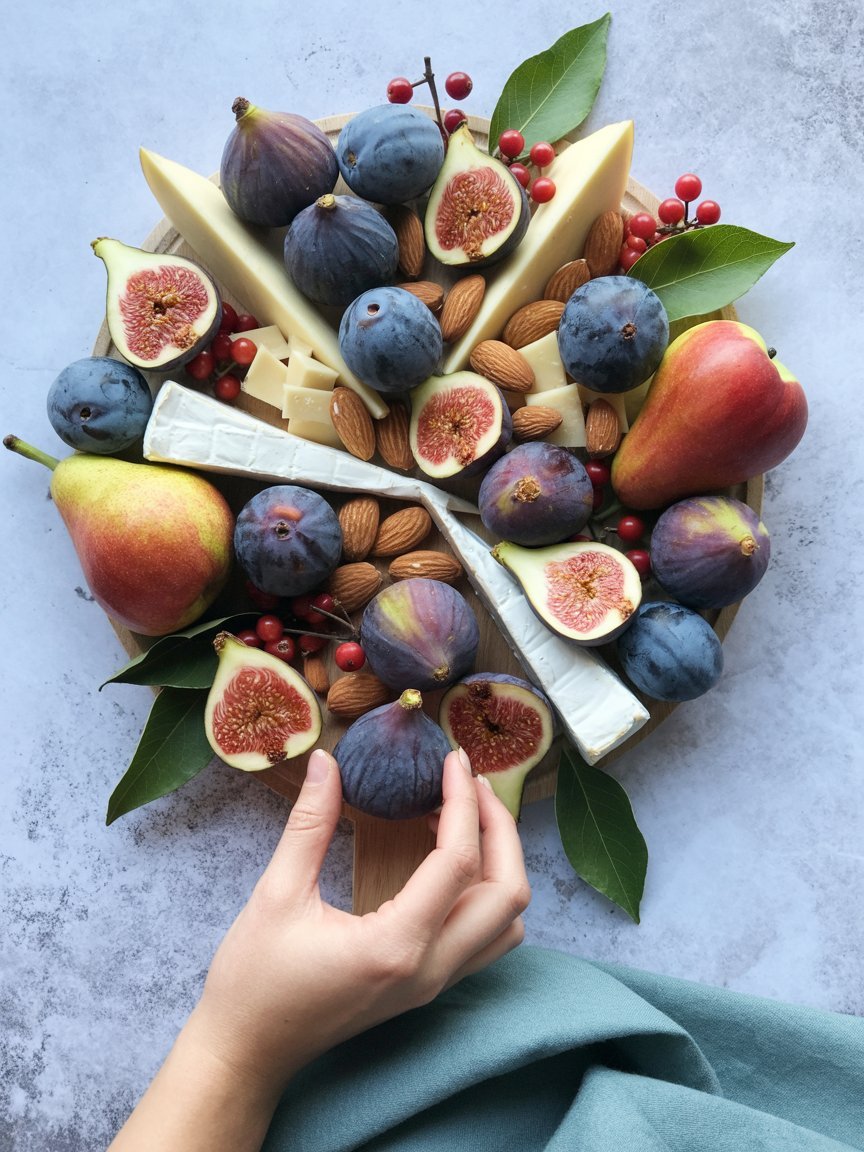
Leave a Reply